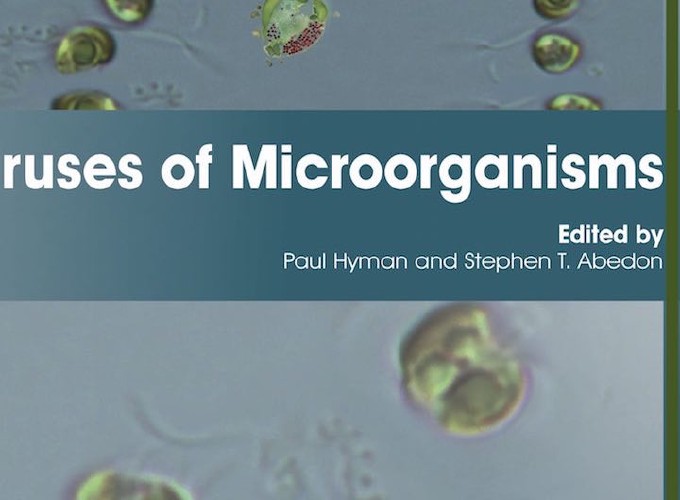Abstract
During the past 30 years, a vast amount of articles has been published on the importance - in terms of abundance, diversity and functional roles - of viruses inhabiting the aquatic world (either marine or freshwater), which include several excellent reviews. Our knowledge e.g. on the interactions of viruses with the living (organisms) and non-living compartments (i.e. dissolved organic matter/particles/nutrients/physical factors) in aquatic environments has considerably increased. Furthermore, recent new ideas, concepts and technologies have shed light on host-virus interactions and the diversity of viral species and functions as discussed in this book. This chapter highlights some of these current advances in the field of aquatic viral ecology. Recently developed models and concepts will also be discussed, further emphasising the role of defence mechanisms against viruses which appear to be important drivers in strain diversification of host species. Additionally, new environments such as anoxic and benthic sediments have received more attention and novel information has been gathered e.g. on archaeal and RNA viruses. Interactions within entire food webs, such as with heterotrophic dinoflagellates, oysters and even cascading effects up to cyanobacteria-consuming flamingo populations represent another aspect of looking at viruses and their role in the global biosphere. The chapter also discusses knowledge gaps and proposes future research avenues……
More detail can easily be written here using Markdown and math code.
